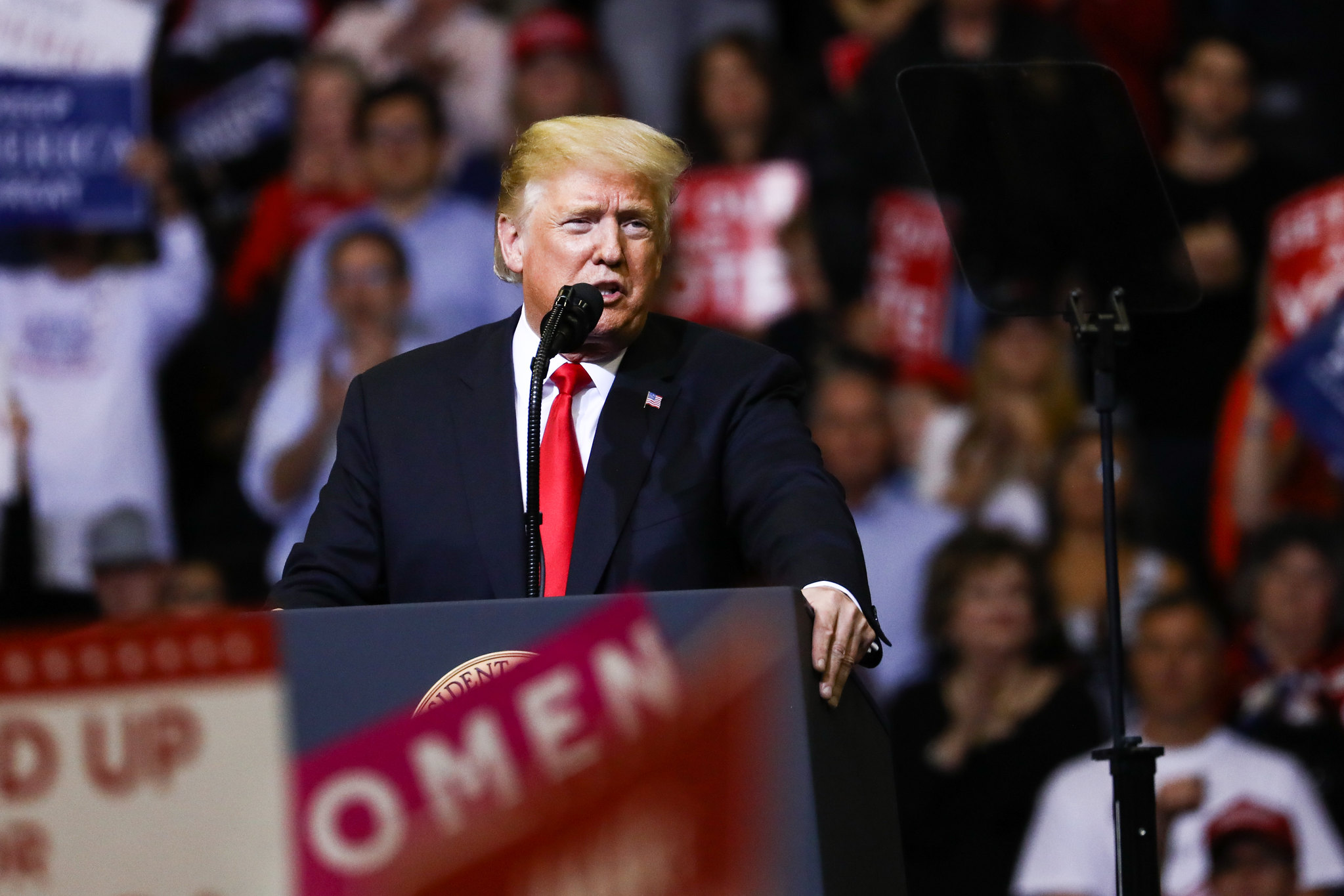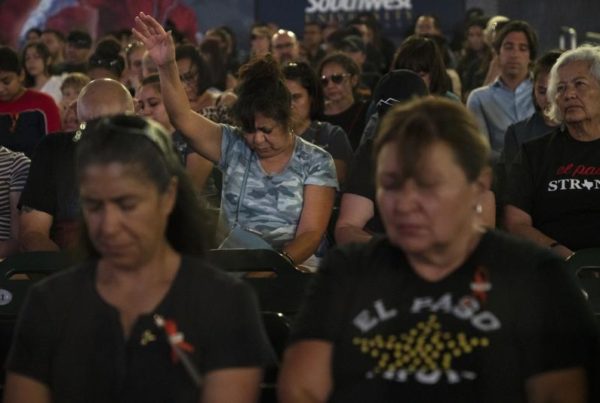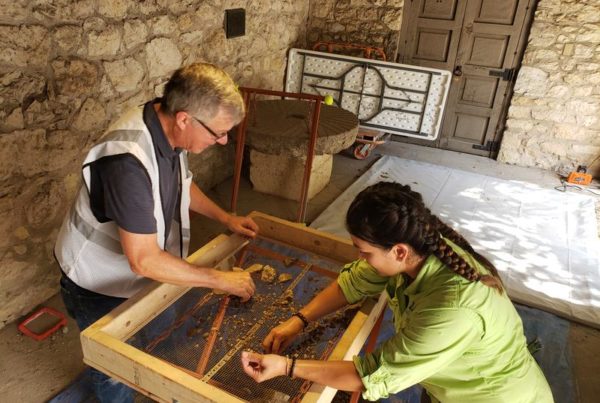Political dynamics in Texas are shifting. That’s, in part, because of a growing Asian population, as well as a massive wave of young people migrating here from other parts of the country. Some argue all that could shift the state from red to blue. But these demographic changes are also happening at the same time as city populations are surging – something some Texas researchers say is an overlooked factor.
Richard Murray is a professor of political science at the University of Houston, and says his research shows a rural-urban divide in voting habits starting in the early 2000s.
“We saw it in the 2000 election between Bush and Gore: Rural Texas began to vote more Republican, and urban Texas – metropolitan Texas – somewhat less. And that steadily has widened,” Murray says. “Metropolitan Texas is increasingly very different than the rest of the state.”
He says Texas cities are growing quickly, have younger, more highly educated populations and are more racially and ethnically diverse.
Texas’ growing economy is a driving force, Murray says – especially in the so-called Texas Triangle: Dallas-Fort Worth, Houston and Austin-San Antonio.
“[It’s] probably the most dynamic economic area on the planet,” Murray says.
To put it into perspective, he says the number of people who’ve moved to these cities over the last decade is more than the entire population of Arkansas.
And Murray says these new Texas residents generally aren’t Republicans.
“They’re sort of independents who lean Democratic,” Murray says.
He says that trend is not good for Donald Trump’s brand of politics, or for his reelection bid.
“[His strategy] doesn’t work here. It’s strongly anti-immigrant,” Murray says. “When you attack legal and illegal immigration, you don’t do too well with those voter groups.”
For now, Murray says Republicans will still likely stay in power in Texas, but that power is waning.
“That percentage of the vote is now less than 25% of the state total,” Murray says.
He says the Republican Party needs to make a “course correction” soon if it wants to keep attracting Texas voters.
“You can’t keep writing off not only Latinos, blacks, but also now Asians – the fastest-growing single demographic in our state – and be a competitive party,” Murray says.
While Texas politics is often polarized, he says it’s possible for the state to have a competitive two-party system; it had one in the 1980s and ‘90s.
“We had a 20-year period of genuine two-party politics,” Murray says. “But we ain’t had it since 2000.”
Written by Caroline Covington.
















